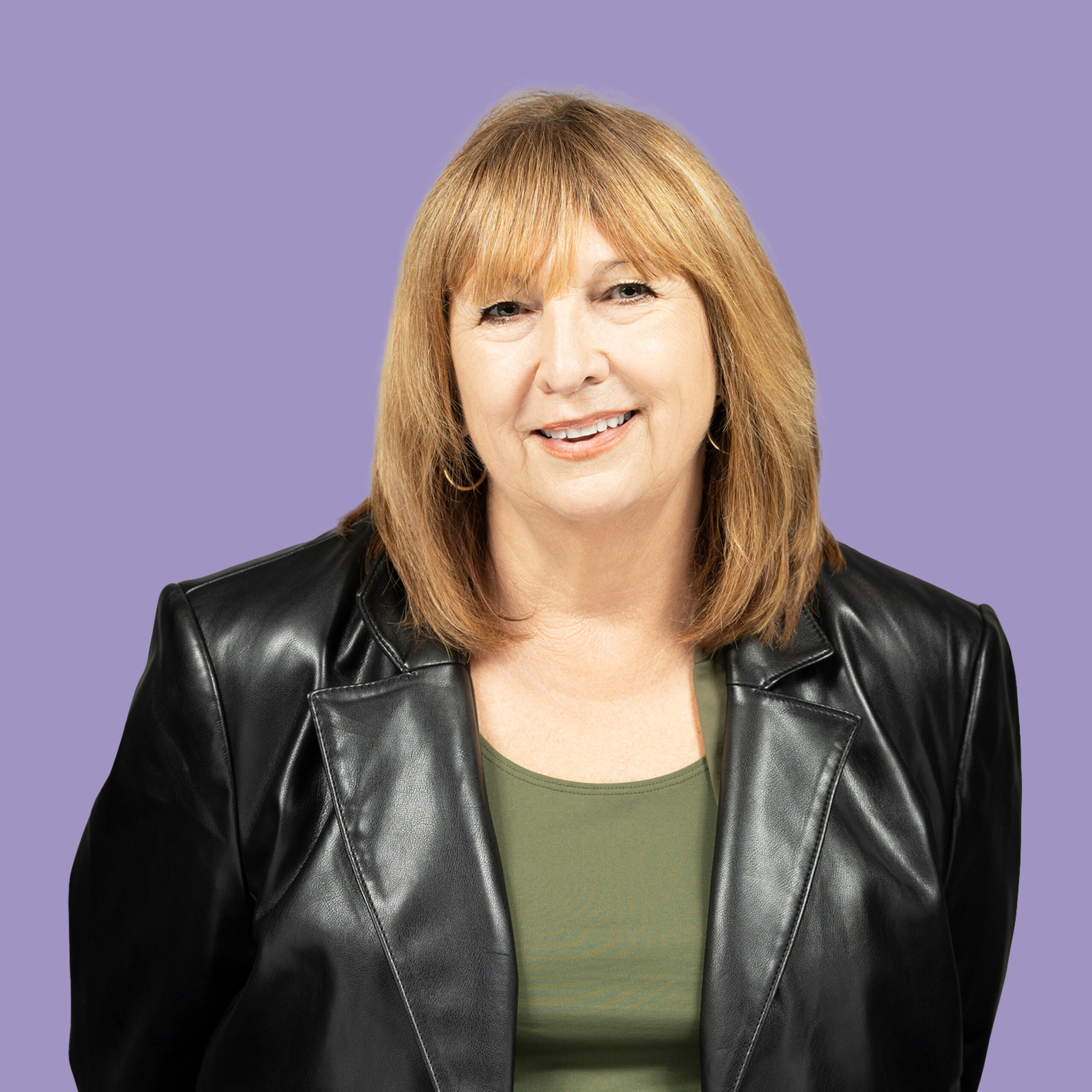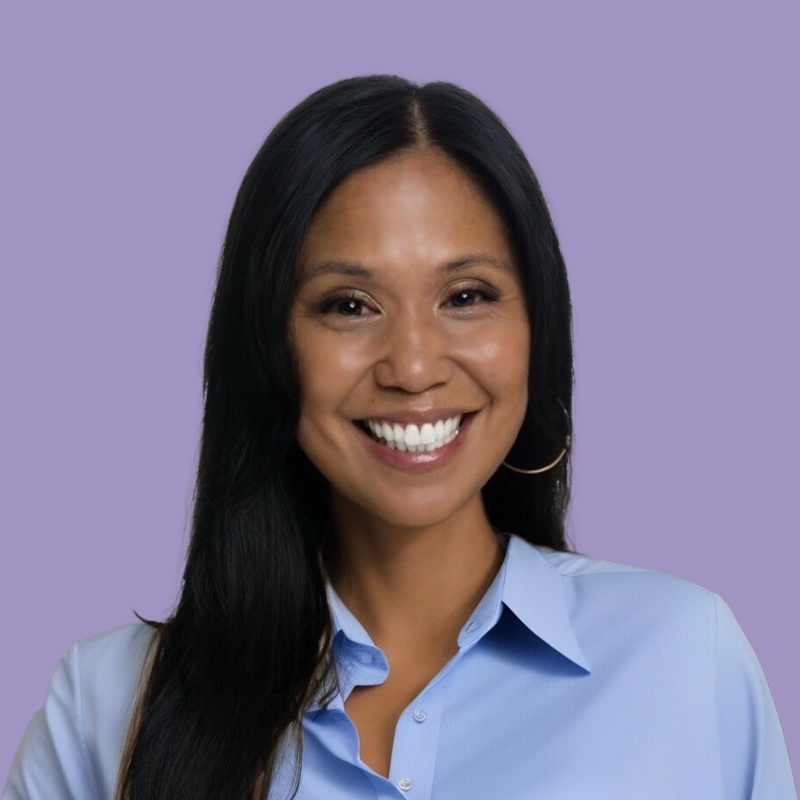Next Steps for Supporting At-Risk Readers
How are you addressing the results of your K–2 screener data? The evidence-based SIPPS program is already a trusted resource for California educators, thanks to its systematic, explicit instruction that is proven to support all readers including multilingual and students identified with dyslexia.
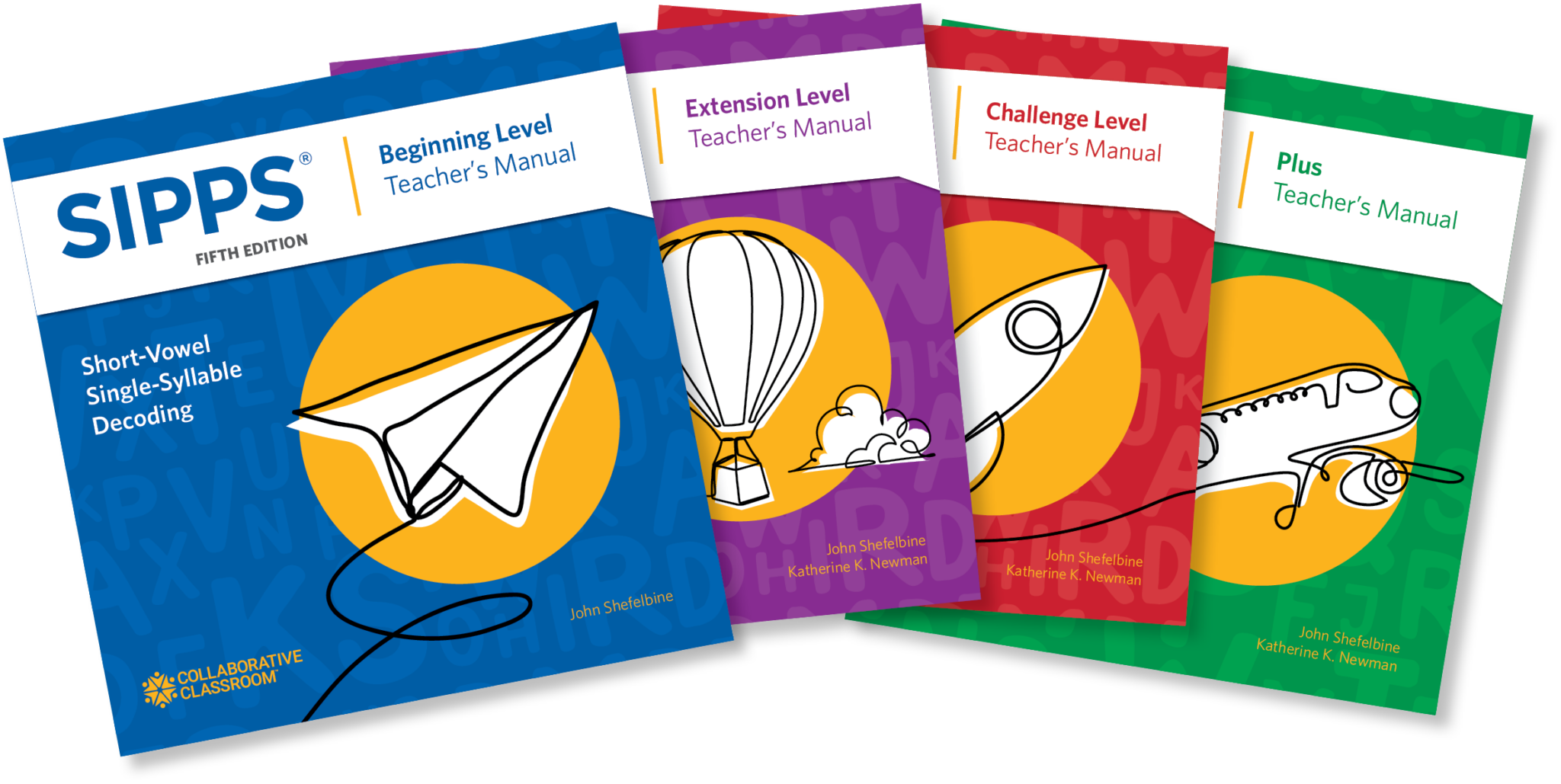
Webinar: Everything Universal Screener and SIPPS
In this recorded webinar, Linda Diamond shares everything about universal screeners including how they work, why they were developed, how to interpret results, and what components align with high-quality intervention.
Collaborative Classroom’s Rod Hart, former SIPPS educator, discusses why his school chose SIPPS to address results from their screener data and about their effective walk-to-read model that guaranteed all students got the support they needed.
Blog: How SIPPS Supports Students with Dyslexia
For a closer look at which SIPPS components support readers identified as dyslexic, read
Connecting the Dyslexia Conversation to the SIPPS Program.

Upcoming Events in California
OLC Literacy & Justice for All Symposium (Sponsor)
California Success Stories
Stockton Unified School District, San Joaquin County
Dr. Rodriguez is leading big change in Stockton, particularly in the area of reading achievement.
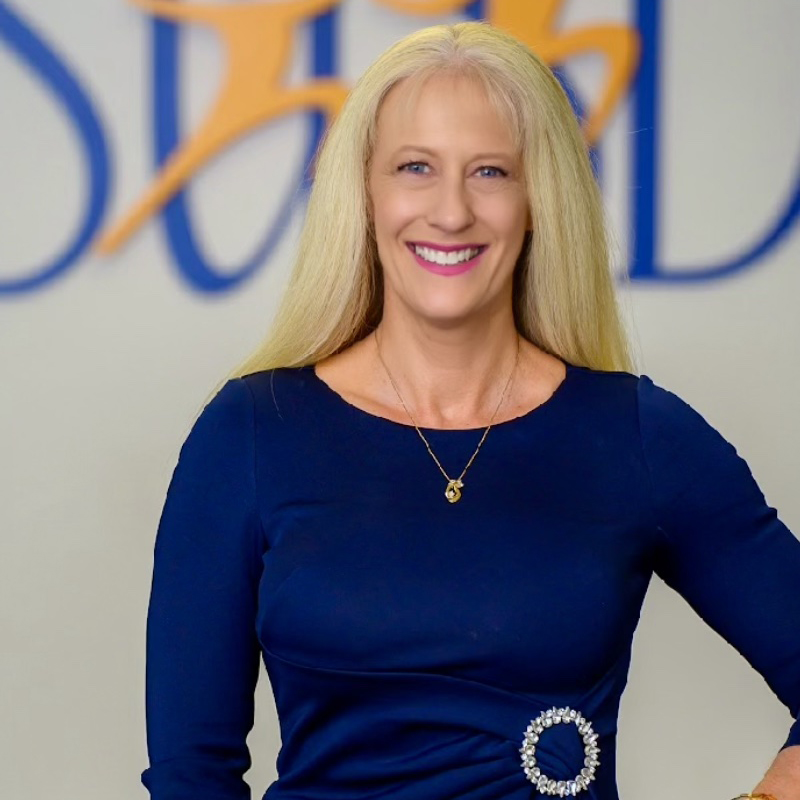

We often talk about personalized learning when discussing education. That means looking at each student as an individual and accelerating learning from their starting point. I think that SIPPS is the closest program there is to enable that on a system-wide basis.
–Dr. Michelle Rodriguez, Superintendent
Nystrom Elementary, Contra Costa County
Nystrom Elementary has made remarkable gains in student reading proficiency implementing the “Walk to Read” model, a dedicated block of time each day during which students receive targeted foundational skills instruction.
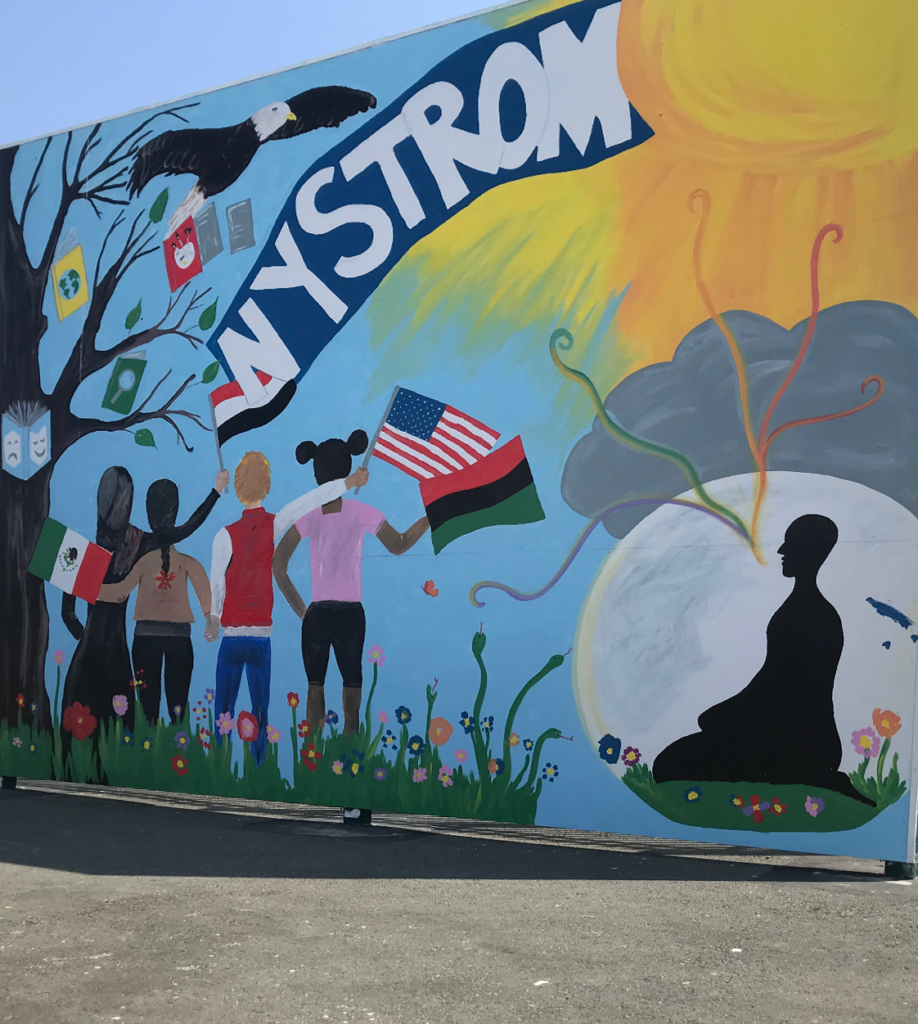

What’s happening at Nystrom is the perfect example of how having high expectations for all students and having high-quality instruction and collaboration and leadership going on to support them can just create so much growth.
–Darissa Phipps, Reading Interventionist
California’s Division of Juvenile Justice
Collaborative Classroom is honored to be in partnership with the California Office of Youth and Community Restoration (OYCR) to help these striving readers—especially older students—master foundational reading skills with the SIPPS program.
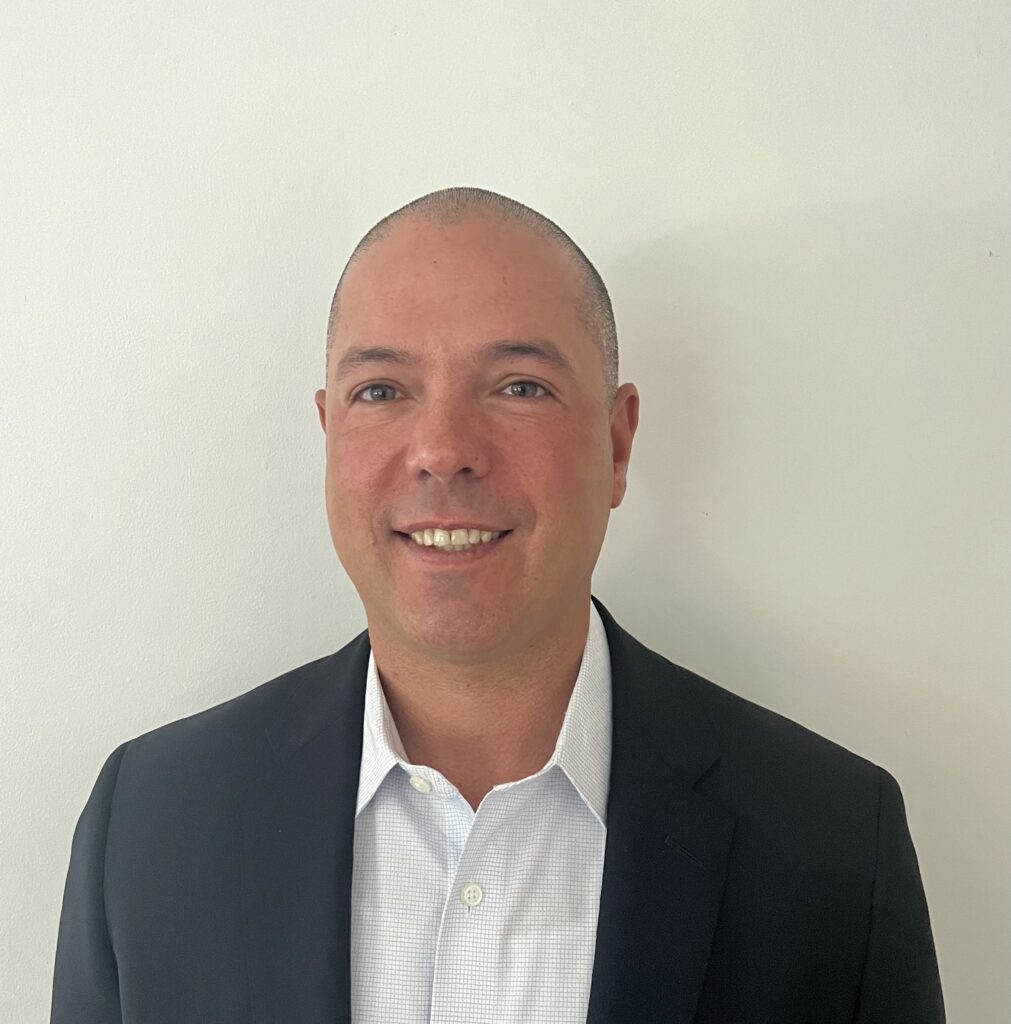

If a 15-year-old thinks they can’t read, we don’t want them to learn how to compensate for that. Instead, we’re going to take them in and make sure that they’re safe. We’re going to give them the tools to make sure they have foundational skills—those skills that everyone needs to be successful in life, not just to do well in school.
– Dr. Michael Massa, OYCR Consultant and Juvenile Justice Educational Expert
Dixon Montessori Charter School, Solano County
Heidi describes how the school’s use of the SIPPS program in grades K–5—alongside their Montessori-based approach—has supported students’ reading growth, built foundational skills, and helped students reach grade-level proficiency. She also shares data showing the impact of SIPPS.
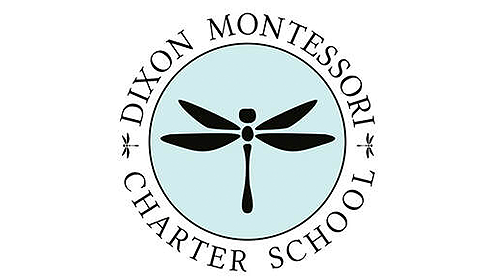

Witnessing a child’s progress in their reading journey is incredibly fulfilling, as it represents not only their academic growth but also their confidence and independence as learners.
– Heidi Hefner, Reading Specialist
Bonita Unified School District, Los Angeles County
A Southern California school that ranked No. 1 on the 2022 California Reading Report Card while using SIPPS.
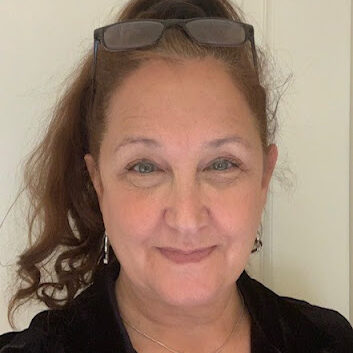

SIPPS addresses all of the reading foundational skills in a sequential and effective manner. Teachers can see results immediately with SIPPS, and they aren’t searching for different components in the curriculum, or trying to design effective teaching sequences on their own… Though the eight elementary schools in my district have tried several other programs, no other program has given us the consistent results that we have achieved through using SIPPS Beginning, Extension, and Challenge in our K–3 classrooms.
–Chris Ann Horsley, Senior Director of Elementary Curriculum (retired)
Lockeford Elementary, Lodi Unified, San Joaquin County
This California district invested its Covid funds in literacy, boosting student achievement — and morale, EdSource.org
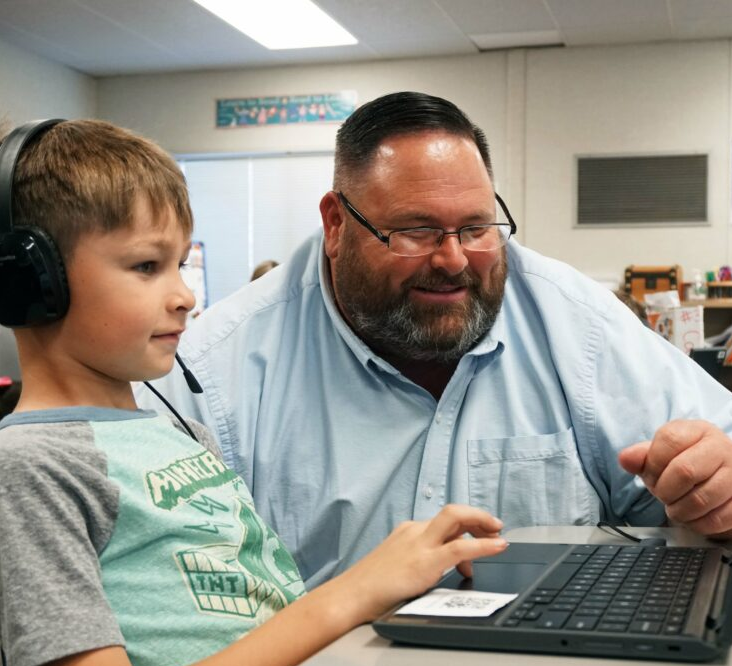

The impact was almost immediate. Reading scores soared—in the beginning of the year, only 18% of first graders were proficient or advanced in reading, but by midyear, 44% were. Among kindergartners, the percentage of students who were proficient or advanced nearly doubled.
— Michael Rogers, Principal
ALIVE, Alameda County
A K–6 educational nonprofit that cultivates life success for K–6 students experiencing unstable living situations such as foster care and homelessness.
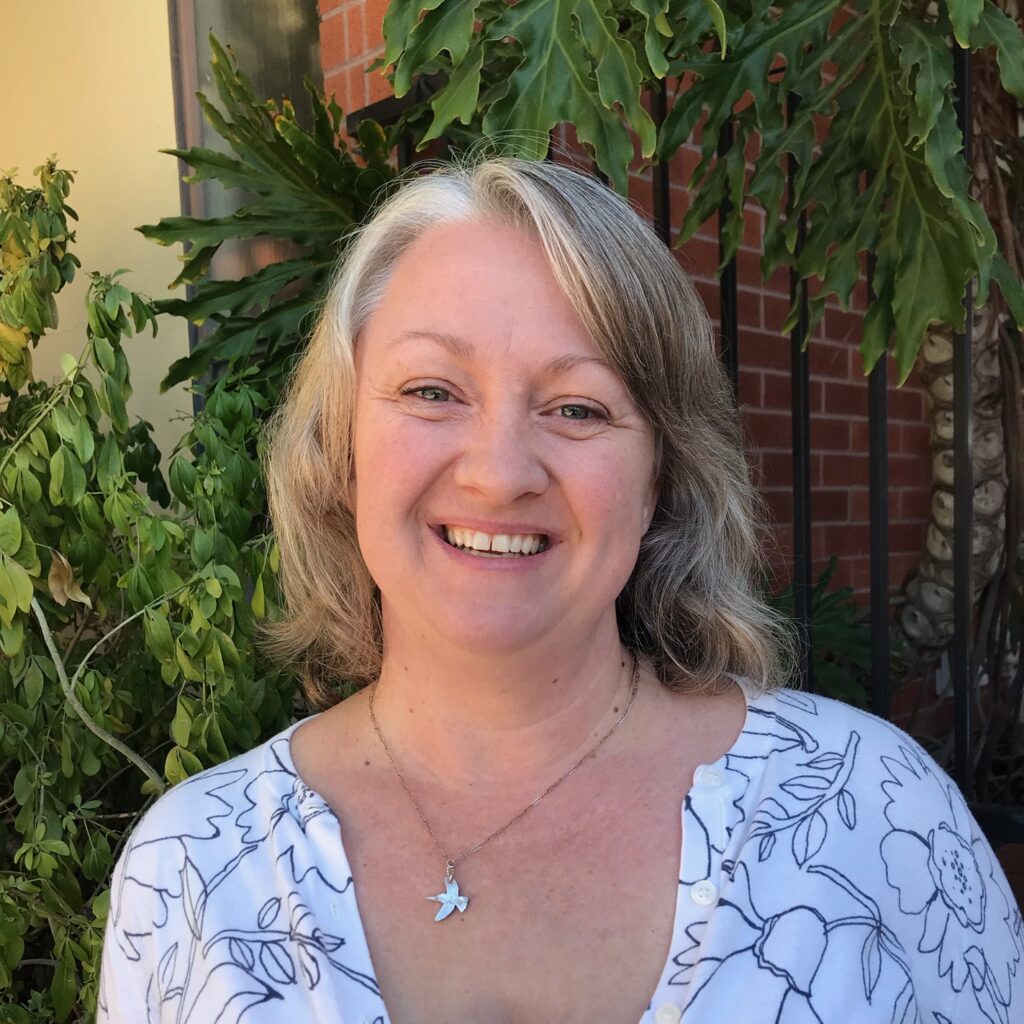

For our children, who have had so much taken from them, it is easy to feel like nothing is “theirs.” Education and a sense of self are something that nobody can take away. SIPPS delivers on both fronts.
–Stephanie Brady, M.Ed. DVC, Executive Director
Westminster School District, Orange County
With over 30 years of teaching experience, Donna reflects on what SIPPS has done for her as a practitioner and for her students in becoming confident, independent readers and learners.
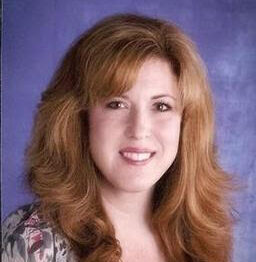

SIPPS meets students at their point of need. It’s systematic. They know the routines. They’re not having to second-guess what we’re doing today, and that’s huge for the kids. Because we’re looking at small chunks of their learning, they’re feeling successful . . . With SIPPS, students are set up to be able to do what you’re asking them to do, and there’s immediate feedback with corrective routines for me as needed.
—Donna Carrington-Shelley, Primary Support Teacher (PST)
Ravenswood Classroom Partners, East Palo Alto
A community-based tutoring organization working in partnership with Ravenswood City School District. In the 2023–24 school year alone, RCP provided over 7,500 tutoring sessions supporting more than 450 RCSD students.
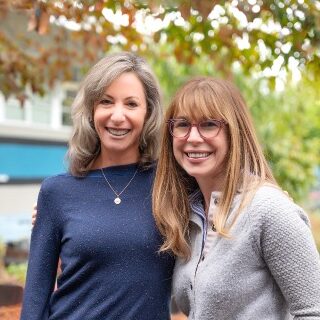

We appreciate how SIPPS is extremely concrete with both its scope and sequence and within the individual lessons our tutors deliver in the classroom. Our tutors come from all different professions and walks of life so having a SIPPS ‘curricular roadmap’ provides a wonderful through line to the work.
–Angie Holman, Executive Director, and Cristiana Freed, Program Director
Peres K–8 School, Richmond
A schoolwide SIPPS implementation is helping readers succeed at Peres, a Title I public school in Richmond, California, where 95 percent of students qualify for free and reduced lunch and 85 percent are English learners.


Based on the mid-year I-Ready Reading Assessment, the median percent progress towards Typical Growth for my class was 125 percent. In comparison, last year, my class’ median percent progress towards Typical Growth based on their mid-year scores was around 50 percent. This is a 75 percent increase in growth compared to last year! Since implementing the SIPPS program, I have observed students who were continuously reading two grade levels below average not only progress towards grade-level reading, but also grow their academic confidence.
–Hannah Wheeler, fourth grade teacher
Meet Your Partners in California
Seasoned educators Babak Movahed, Alice Burkart, and Zenaida Soria-Cummins support our school, district, community, and expanded learning partners in California.

